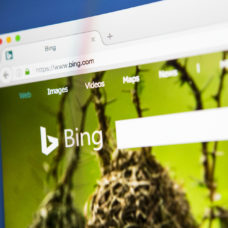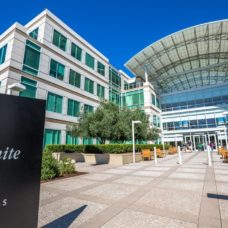Microsoft’s Airband Initiative just announced some significant changes to its original plan of bringing internet access to people in rural areas.
Last year, Microsoft announced the creation of the Airband Initiative. The initiative plans to provide internet access to two million people in remote American regions by 2022. Last week, the company reported some changes to its original plan. They now plan to boost their target by one million people, bringing its target to three million.
According to Microsoft President Brad Smith, the initiative will complete its goal way ahead of schedule. Smith reported that by December next year, the Microsoft initiative would already be in 25 states. He further added that they would continue to push for public policies to expedite the “investment in TV white spaces technologies” required by the project.
“As we deepen our commitment to bringing broadband to rural America, we believe the country can raise its ambition as well,” Smith said in a blog post.
“We think it’s time to look at how the country spends public money and re-target a small portion of those funds in ways that will close the broadband gap more quickly. We think there is a better way. If the federal government reallocates just a small additional fraction of public money toward incentives for TV white spaces devices, it will help accelerate adoption, bring costs of devices down and help the ecosystem lift off.”
Read More: Microsoft Acquires Conversational AI Development Company
The Microsoft Airband Initiative
Formerly the Rural Airband Initiative, the Airband Initiative aims to connect millions of people in the rural US to the internet. To do so, Microsoft is working on lowering the costs of radios to make broadband connections possible in these areas.
During its launch last year, Microsoft also promised to donate some of its patents to help promote the initiative.
White space refers to the broadcasting frequencies that remain unused in the wireless spectrum. These are the gaps left by TV networks between channels for buffering purposes. These spaces are similar to what is being used for 4G, making them eligible to deliver broadband internet connections.
The FCC is also currently working on a framework to provide the additional white space needed for the initiative.



















Comments (0)
Least Recent